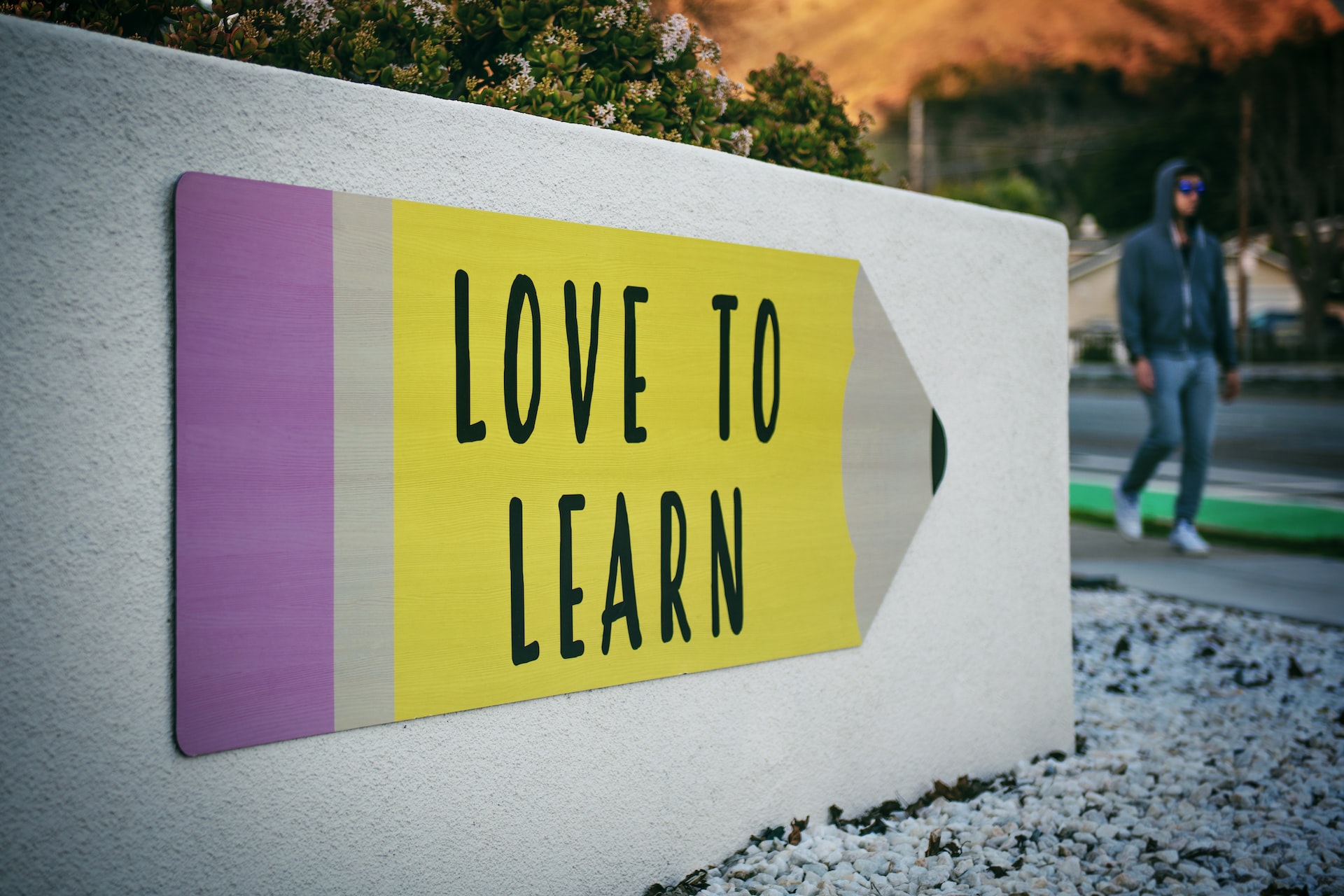Pinterest For Educators: How To Use The Platform To Find Teaching Resources And Inspiration?

Pinterest is not just a platform for finding home decor ideas and recipes, it is also a valuable tool for educators. With its vast collection of visual content, Pinterest is an excellent resource for finding teaching resources, lesson plans, and inspiration for educators.
Create a Pinterest Account for Your Classroom
The first step in using Pinterest for education is to create a Pinterest account. This can be either a personal account or a business account specifically for your classroom. When creating an account, make sure to include keywords such as “teacher,” “education,” and “classroom” in your profile description. This will help other educators and students find your boards and content.
Find and Follow Relevant Boards
Once your account is set up, start exploring the platform to find boards that are relevant to your subject area and teaching style. Look for boards created by teachers, educational organizations, and subject matter experts. You can also use Pinterest’s search bar to find boards based on specific keywords or topics.
Create Boards for Your Classroom
In addition to following other boards, you can also create your own boards to organize and share content with your students. For example, you can create boards for each subject you teach, such as “English Literature,” “Science Projects,” or “History Activities.” You can also create boards for specific themes or topics, such as “Classroom Management” or “STEM Education.”
Save and Share Pins
Once you have found and followed relevant boards, start saving pins that you find useful. You can save pins to your boards, making it easy to organize and access your content. You can also share pins with your students by pinning them to a board that you have created for your classroom.
Engage with Your Followers
Pinterest is not just about saving and sharing content, it is also about engagement. Engage with your followers by commenting on their pins, repinning their content, and asking for feedback on your boards. This can help you build a community of educators and students who share your interests and can provide valuable insights and inspiration.
Use Pinterest Analytics
Pinterest also provides analytics to help you measure the success of your boards and content. You can use these analytics to track your reach and engagement and to see which pins are performing best. This information can help you refine your Pinterest strategy and ensure that your content is reaching your target audience.
Conclusion
Pinterest is a valuable tool for educators looking to find inspiration, resources, and connect with others in their field. By creating an account, following relevant boards, saving and sharing pins, engaging with your followers, and using Pinterest analytics, you can use the platform to enhance your teaching and engage your students. With its vast collection of visual content and user-friendly interface, Pinterest is a must-have for any educator looking to stay ahead of the curve in the ever-evolving world of education.





